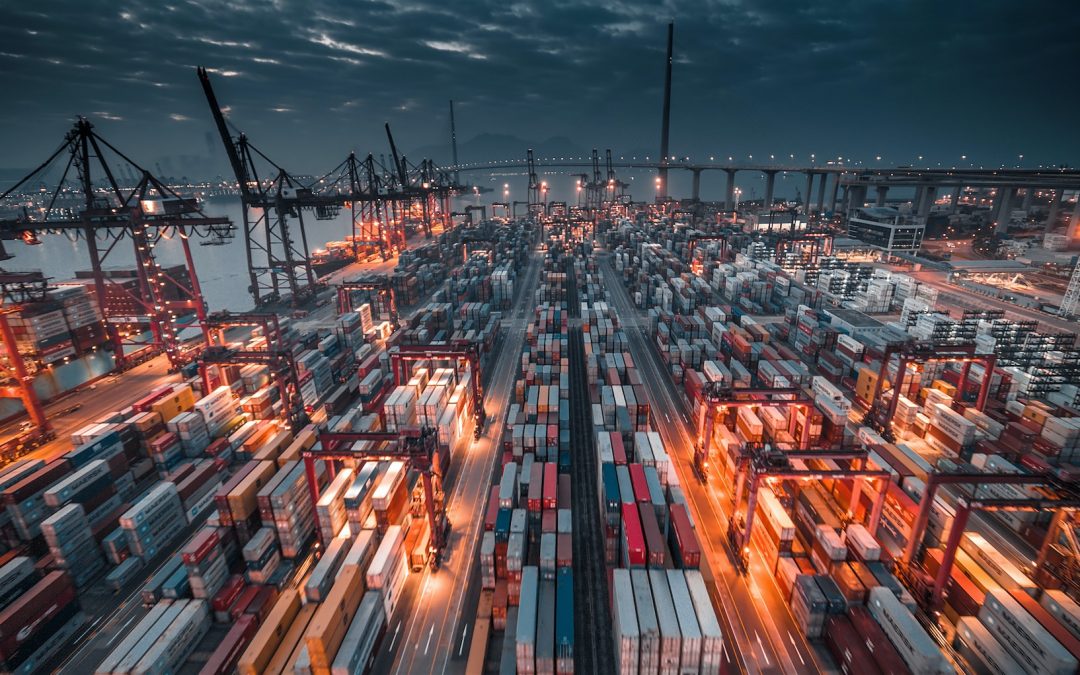In the ever-evolving landscape of logistics, a remarkable transformation is taking place, one that is reshaping the way we perceive this complex industry. Logistics, encompassing services like forwarding, freight, import clearance, transportation, and distribution, is undergoing a process known as commoditization. This transformation is driven by several key factors, including technological advancements, heightened competition, and the surging demand for swift and cost-effective logistics services supported by real-time management information.
Traditionally, logistics was viewed as a complex and highly specialized field, necessitating extensive expertise and resources for effective management. However, the relentless rise of e-commerce and global trade has catapulted customer requirements and demands to unprecedented levels. In response, logistics providers are compelled to streamline their processes, reduce costs, and embrace cutting-edge technology.
The Driving Forces Behind Commoditization
- Technological Advancements
The rapid growth of technology stands as the foremost catalyst for commoditization in logistics. Advancements in transportation and communication technologies have revolutionized shipment tracking and order/shipment management. Logistics integrations have automated numerous manual processes, while GPS tracking and real-time shipment monitoring have drastically improved delivery times and reduced the risk of lost or damaged shipments. The utilization of supply chain technology has led to reduced manual labor and costs, making it more accessible for smaller companies to enter the market and compete effectively.
- Intensified Competition
The proliferation of e-commerce has ushered in a new era of competition among logistics service providers. Companies are vying for customers by offering competitive prices and shorter delivery lead times. This heightened competition has prompted a laser focus on cost efficiency. Smaller logistics providers, in particular, have seized this opportunity to offer specialized services and more attractive pricing structures, effectively challenging established industry giants.
Navigating New Horizons
Nonetheless, the commoditization of logistics has not been without its set of challenges for the industry. Intensified competition places immense pressure on keeping pace with evolving customer expectations and the latest technological innovations. Customers now demand faster, more reliable service, coupled with real-time and accurate product cost and supply chain information. Consequently, logistics companies find themselves under pressure to invest in new technologies to meet these evolving demands.
Customers now expect international logistics services to encompass comprehensive supply chain information, with logistics costs seamlessly integrated into the accurate delivered cost of a product, accounting for all relevant financial inputs and ensuring unparalleled visibility. Achieving control, visibility, and risk management throughout the entire supply chain necessitates the integration of automated technologies.
The Path Forward
In conclusion, the commoditization of the logistics industry, driven by technological advances and heightened competition, has ushered in a new era of efficiency, reduced costs, and enhanced innovation. However, it has also presented challenges, demanding adaptability to shifting customer preferences and emerging technological frontiers. As we look ahead, the momentum of logistics commoditization is expected to persist, promising a more efficient and cost-effective supply chain in the years to come. Companies operating in the logistics sector must remain agile and flexible, poised to embrace evolving customer demands and the ever-advancing world of technology.

